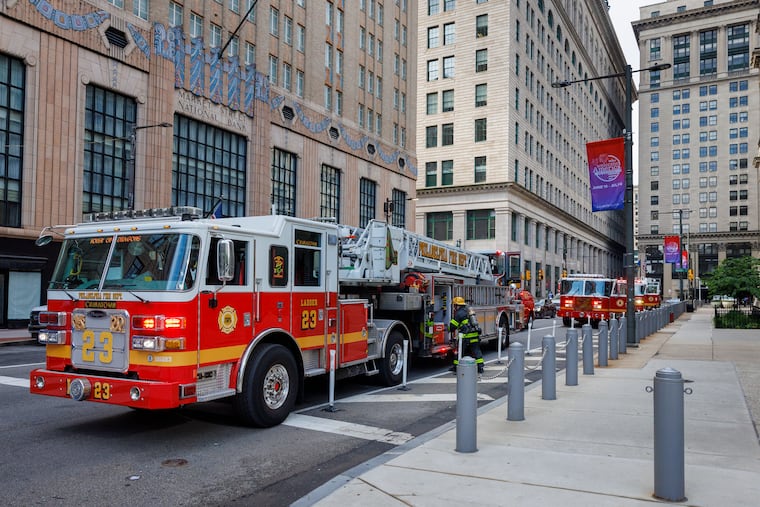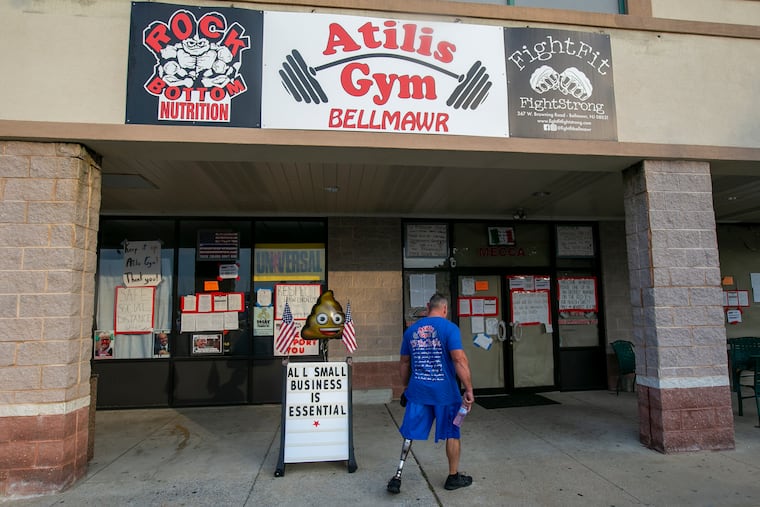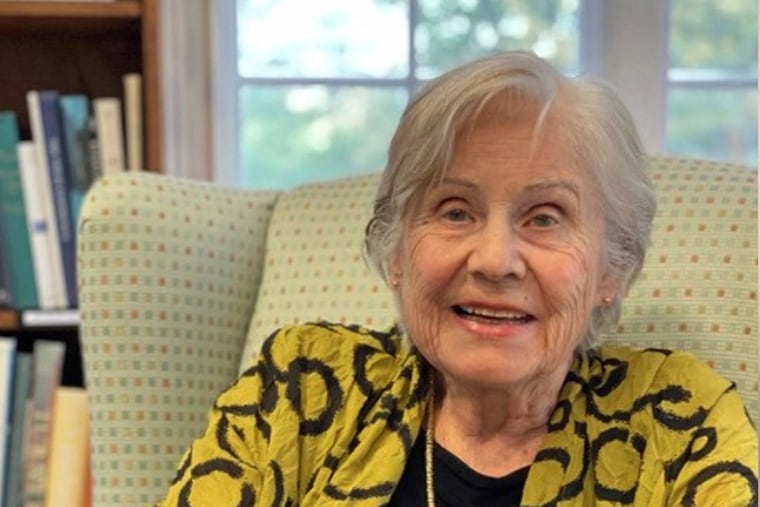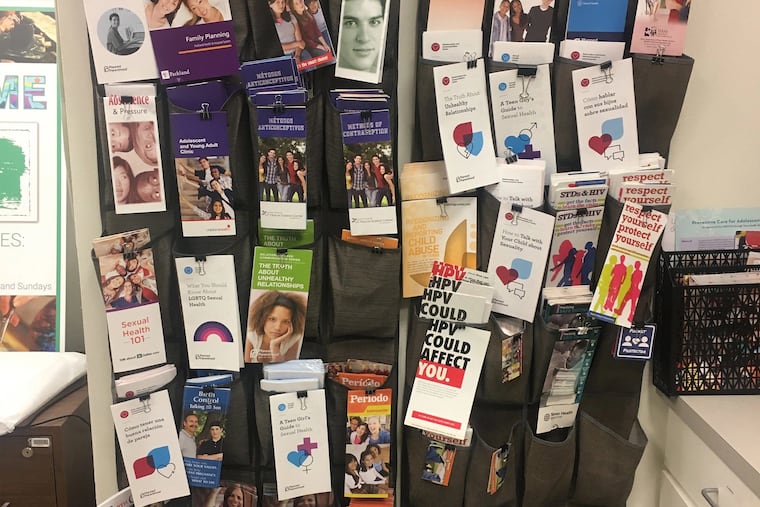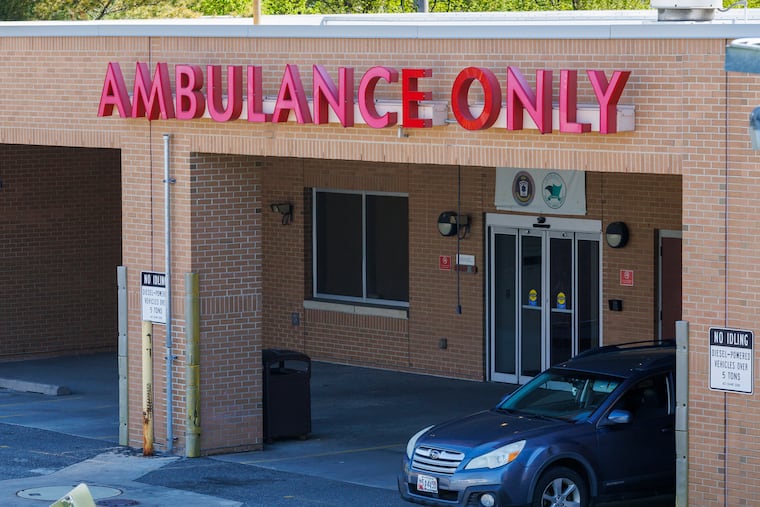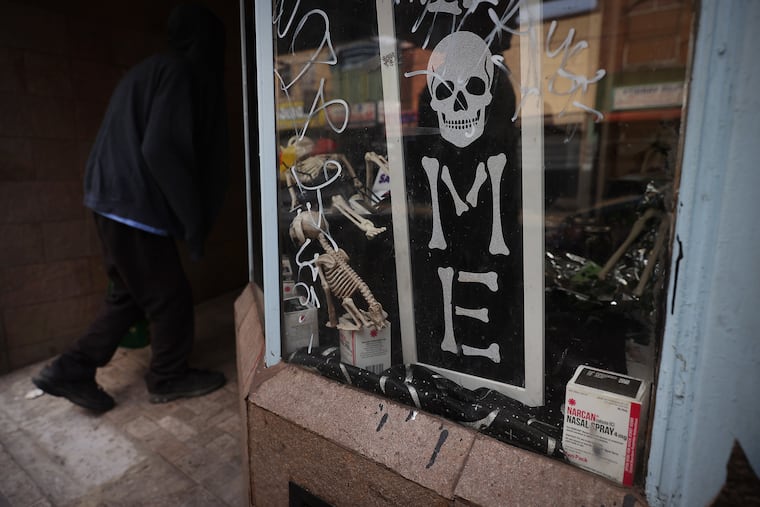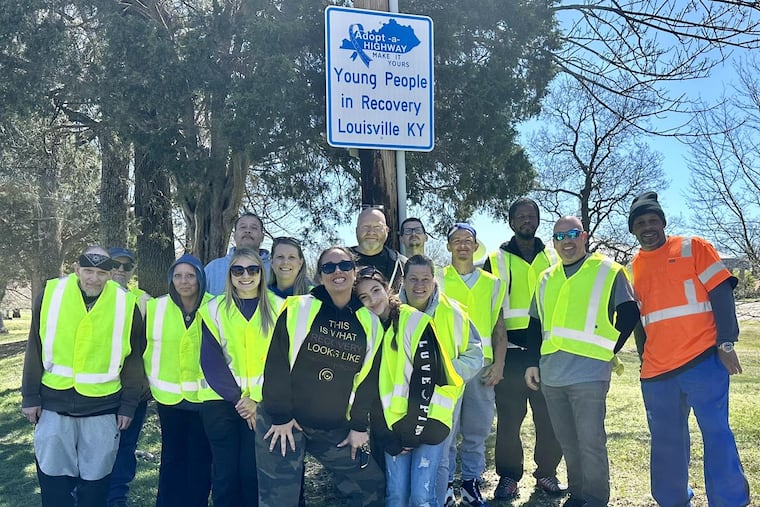She almost died in childbirth after signs of this dangerous complication were missed
Preeclampsia is one of the most feared and least understood complications of pregnancy, and HELLP syndrome is even more so.
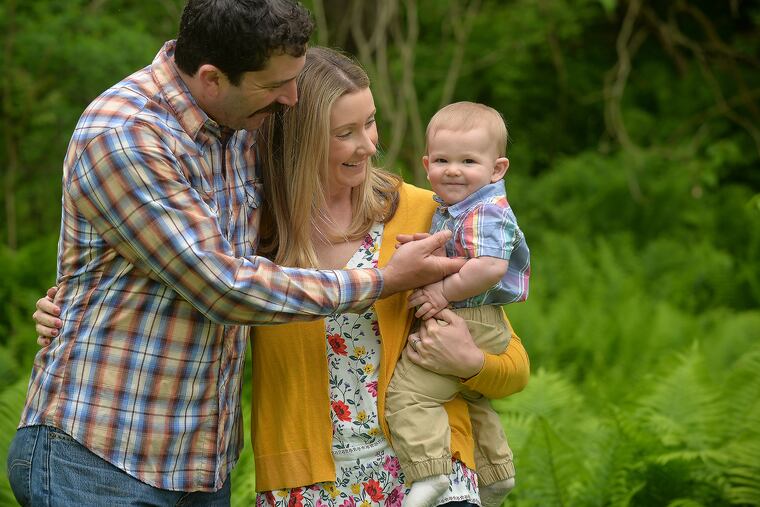
- Second Temple student suspended over antisemitic Barstool Philly incident
- Philly police officer in critical condition after shooting outside Overbrook High School
- Sources: Dallas Goedert has deal in place to stay with the Eagles
- Roxanne’s second act is just as outrageous as its first — but now it’s as delicious as it is provocative
- Haverford College threatened with federal funding cuts at hearing on antisemitism
Link copied to clipboard
Link copied to clipboard
Will Bunch | Columnist
Link copied to clipboard
Link copied to clipboard
Rosemary Westwood, KFF Health News
Link copied to clipboard
Aubrey Whelan and Allison Beck, For The Inquirer
Link copied to clipboard
Link copied to clipboard
Jennifer McDermott, Associated Press
Link copied to clipboard
Amanda Erickson, Washington Post
Link copied to clipboard
Janet Rosenzweig, For The Inquirer
Link copied to clipboard
Link copied to clipboard
Aneri Pattani, Tribune News Service
Link copied to clipboard
Audrey Carleton, Capital & Main
Link copied to clipboard


